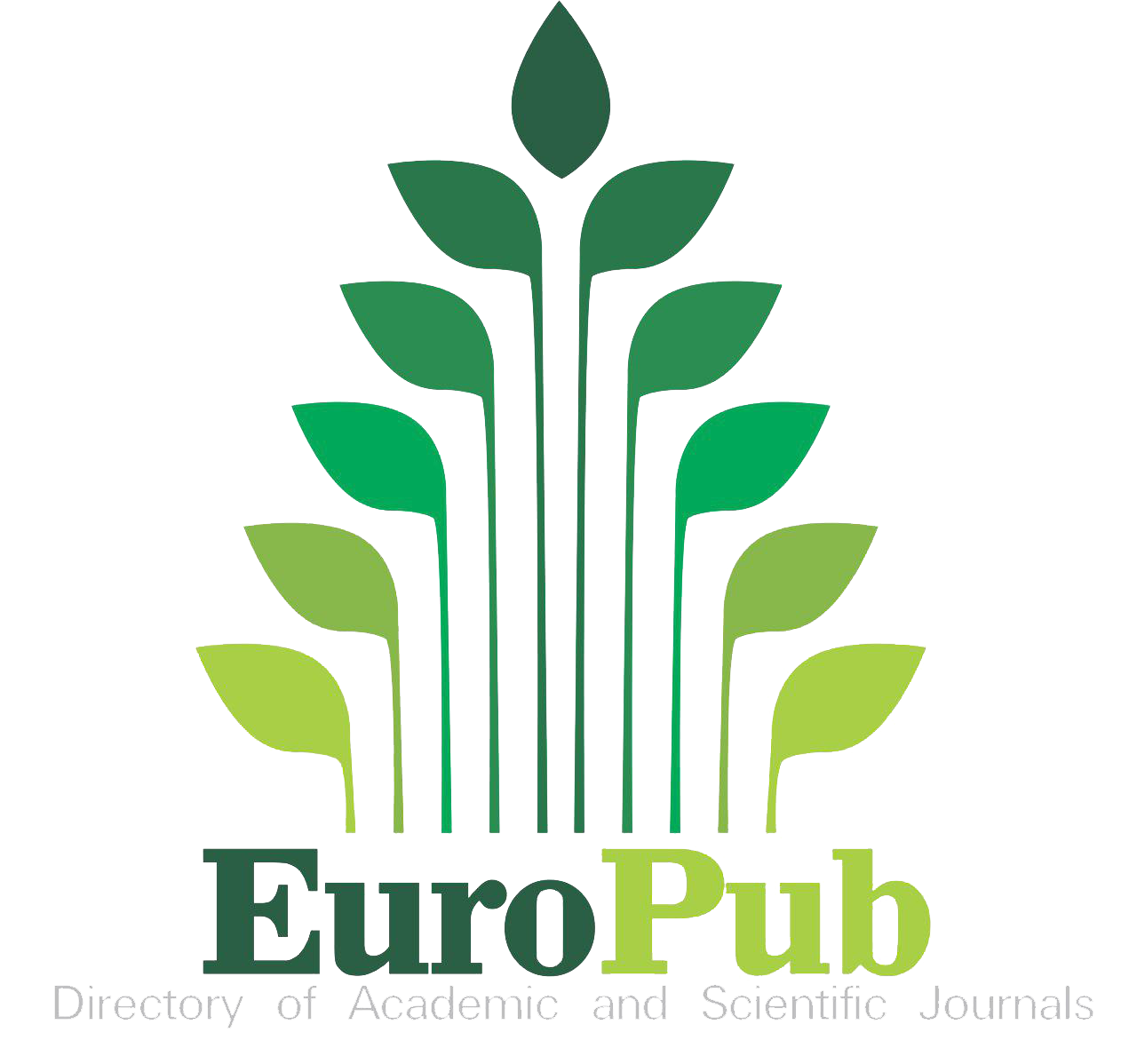Factores asociados con el uso de medios sociales SoMe en pacientes con psoriasis
DOI:
https://doi.org/10.29166/ciencias_medicas.v42i2.1498Keywords:
psoriasis, outpatients, severity of the disease, quality of life, internet, social mediaAbstract
Context: social media (SoMe) are alternatives used by patients to obtain information about psoriasis.
Objective: to describe the frequency of SoMe use and determine its association with demographic and clinical factors.
Subjects and methods: 200 patients diagnosed with psoriasis, treated in 6 health units located in the cities of Quito, Guayaquil and Portoviejo.
Results: 72% of the patients evaluated used the internet and of these, 93% looked for information on psoriasis; the sources of information used were Google (74.6%), Face-book (29.6%) and health forums (18.3%).
There is a statistical association with the greater use of SoMe with the variables female sex, age younger than 45 years, urban residence, high educational level and professional activities (p <0.05). Affectation in the quality of life was higher in SoMe users (72.5% vs. 56.9%, p <0.05). Joint involvement, lesions in exposed areas, severity of psoriasis qualified according to SAPASI, treatment with immunomodulators or immunosuppressants, were not associated with the use of SoMe.
Conclusion: the use of SoMe in patients with psoriasis is usual and associated with demographic factors. It is recommended to the dematological community to know sources of information in SoMe available to offer to patients
Downloads
Metrics
References
Nestle Frank O, Kaplan Daniel H, Barke Jonathan. Psoriasis-mechanisms of disease. N Engl J Med 2000; 361:496-509.
Antuña-Bernardo S. Perfil psicológico y calidad de vida de los pacientes con enfermedades dermatológicas. Revista Psicotherma 2000; 12(s2):30-34.
Shors A, Williams L, Fishma P. Cost of prevalent psoriasis. Journal of American Academy of Dermatology 2014; 70(5).
Sánchez NF. Trastornos de conducta y redes sociales en Internet.Medviwer 2013; 36(6):521–7.
Fernández AM. Fundamentación de la enseñanza de la ética médica y la bioética clínica. Acta Médica Peruana 2009; 26(2):131-133.
Torrente E, Martí T, Escarrabill J. Impacto de las redes sociales de pacientes en la práctica asistencial. 2003; 1–8.
Boyd DM, Ellison NB. Social network sites: definition, history, and scholarship. J Comput Common 2007; 13(1):210–30.
Amir M, Sampson BP, Endly D, et al. Social networking sites: emerging and essential tools for communication in dermatology. JAMA Dermatology 2014; 150(1):56–60.
Grupo del Banco Mundial. Usuarios de Internet. Unión Internacional de Telecomunicaciones. Informe sobre el Desarrollo Mundial/TIC de las Telecomunicaciones y estimaciones del Banco Mundial.










